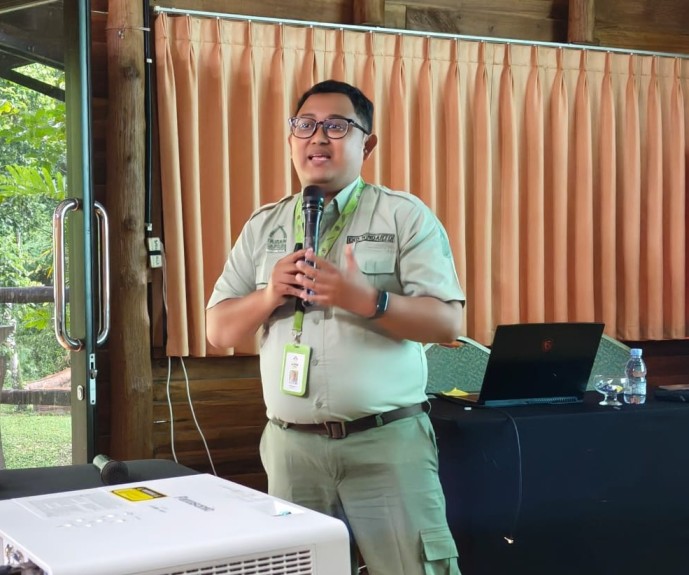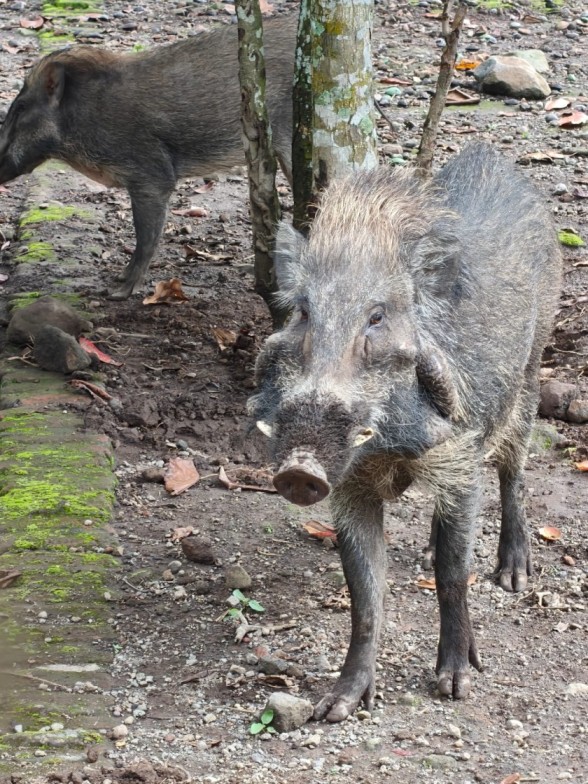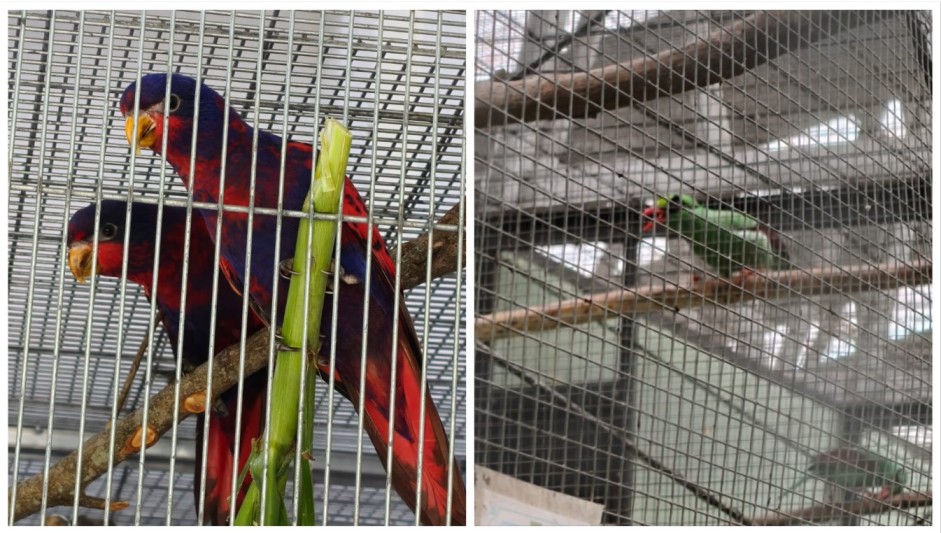Chinese scientists research on protecting, restoring high-altitude wetlands

The Zoige Wetland Ecology Research Station is expected to provide scientific and technical support and policy recommendations for regional ecological protection and sustainable socio-economic development in southwest China, and also make scientific explorations for global wetland protection.
Chengdu, China (Xinhua/Indonesia Window) – Chinese scientists are conducting monitoring, evaluation and research on biodiversity conservation and ecological restoration of the alpine wetlands in southwest China, harnessing the significant role of the wetlands in carbon sequestration and climate change adaptation.
The Zoige Wetland Ecology Research Station, established by the Chengdu Institute of Biology of the Chinese Academy of Sciences in the Aba Tibetan and Qiang Autonomous Prefecture in southwest China’s Sichuan Province, went operational on Friday (July 26).
The station is expected to provide scientific and technical support and policy recommendations for regional ecological protection and sustainable socio-economic development in southwest China, and also make scientific explorations for global wetland protection, according to Gao Yongheng, head of the research station.
The Zoige plateau, one of the main distribution areas of high-altitude wetlands in China, serves as an important ecological barrier. With the backdrop of global climate change, the region is facing significant ecological challenges, including biodiversity loss and a weakened wetland ecosystem, scientists say.

China lacked long-term monitoring and research on the ecology of high-altitude wetlands. The systematic scientific research, technological development and promotion of sustainable agricultural and pastoral development in the Zoige region are still weak, said Zhu Dan, deputy director of the station, who has conducted research in the Zoige region for nearly two decades.
The Zoige region is the most populous area for yaks on the Qinghai-Xizang Plateau, and the yaks are a vital source of energy and materials for the local herdsmen, Zhu said.
In addition, the Zoige wetland is the world’s most concentrated area of alpine peatlands, which are similar to huge loose sponges able to hold water up to eight times its own weight. During the dry season of the Yellow River, the Zoige wetland could provide 40 percent of the downstream flow, according to Zhu.
“If the Zoige wetland is not properly protected, it might become a source of sandstorms in south China, posing a threat of ecological degradation,” Zhu said.
Peatlands play a crucial role in carbon sequestration, carbon fixation and climate change mitigation due to the slow decomposition rate of carbon dioxide in peat soils, Zhu explained.
Zhang Hui, an assistant researcher at the station, said peatlands, often in a state of being submerged or semi-submerged, contain a large volume of water but with little air and low soil fauna content. If peatlands degrade, there would be an increase in soil animals such as earthworms, as well as microorganisms, leading to peat decomposition and causing carbon dioxide emissions into the atmosphere, thereby exacerbating global warming trends.
“Our research has illustrated that the unique climatic conditions of the Qinghai-Xizang Plateau, with its low temperatures, inhibit carbon decomposition, thereby possessing a strong carbon neutralization function,” said Ju Peijun, who is also conducting research in the Zoige region.
“Previously, people only focused on the ecological functions of wetlands in terms of water conservation and biodiversity protection. We hope to draw people’s attention to the carbon fixation function of wetlands,” said Liu Xinwei, another assistant researcher at the station.

The new station, focusing on the Zoige wetland and covering typical wetland distribution areas of the Qinghai-Xizang Plateau and the adjacent regions, adopts an interdisciplinary approach to mainly carry out monitoring, research and experimental demonstration works on the conservation and sustainable utilization of high-altitude wetland ecosystems.
The research mainly includes observation of wetland and grassland ecological elements, high-altitude ecosystem structure, function and processes, as well as wetland and grassland resource conservation and utilization.
The research station has set up field observation instruments and equipment at altitudes ranging from 3,400 meters to 4,100 meters, and utilizes efficient storage and automated information transmission methods to improve the accuracy and density of field data monitoring, as well as the comprehensiveness of observed parameters.
The researchers also established a climate change simulation platform to investigate the mechanisms of aboveground vegetation, underground soil microorganism and soil carbon processes in alpine wetlands in response to climate change.
Scientists will also comprehensively explore the relationship between plant diversity and ecosystem functioning, as well as investigate grassland degradation and restoration in high-altitude wetlands. Their experiments involve studying the impacts of environmental change such as warming, nitrogen deposition and grassland degradation.
Chinese researchers have engaged in exchanges and cooperation on wetland ecological protection with scientists from the United States, Canada, Australia and Croatia, as well as neighboring countries such as Russia, Nepal, India, Pakistan, Bhutan and Afghanistan.
Reporting by Indonesia Window

.jpg)








